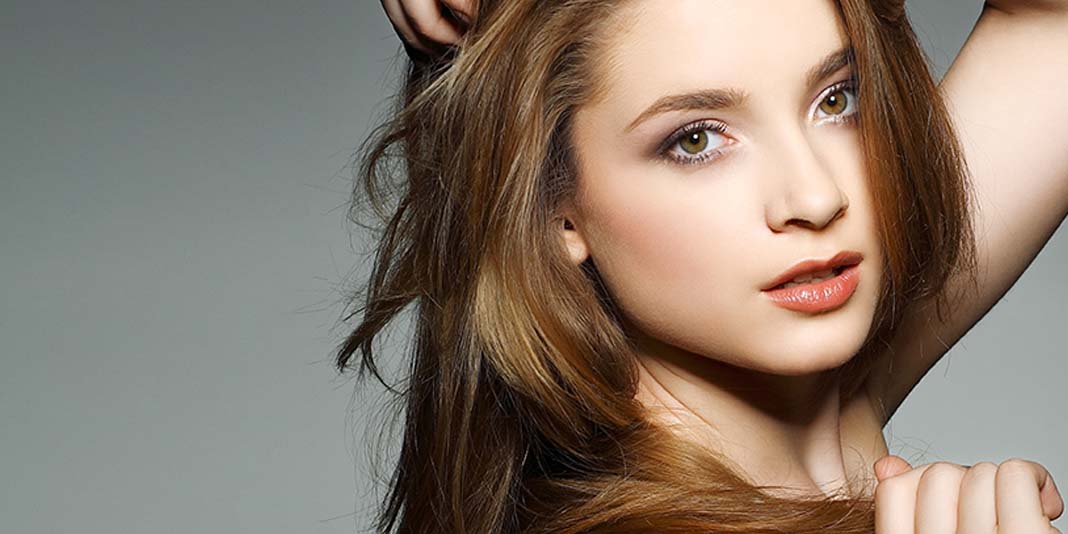If your hair is lightened, you’ve bleached it. If your hair is gray, turns out you’ve bleached it too. The difference between those bleaches? Well, that’s the science of graying.
In this complex study, a team of European researchers discovered why we go gray.
Ready for some science jargon?
The researchers examined cell cultures of hair follicles. Results showed that our hair naturally produces hydrogen peroxide (a powerful bleaching agent), which catalase (an enzyme) usually breaks down into water and oxygen. In aging hair, catalase levels are lower, so hydrogen peroxide isn’t broken down and builds up in the hair follicle. That build-up leads to damage.
Normally, other enzymes (MSR A and B) can repair that damage, but their levels also dwindle as we get older. The combination of high levels of hydrogen peroxide and low levels of MSR A and B disrupts another enzyme (tyrosinase) that creates melanin (the pigment that gives your hair color) and blocks it from coloring your hair. “Gray hair” is simply hair without pigment.
In plainer terms: Hydrogen peroxide literally bleaches the color out of aging hair.




































